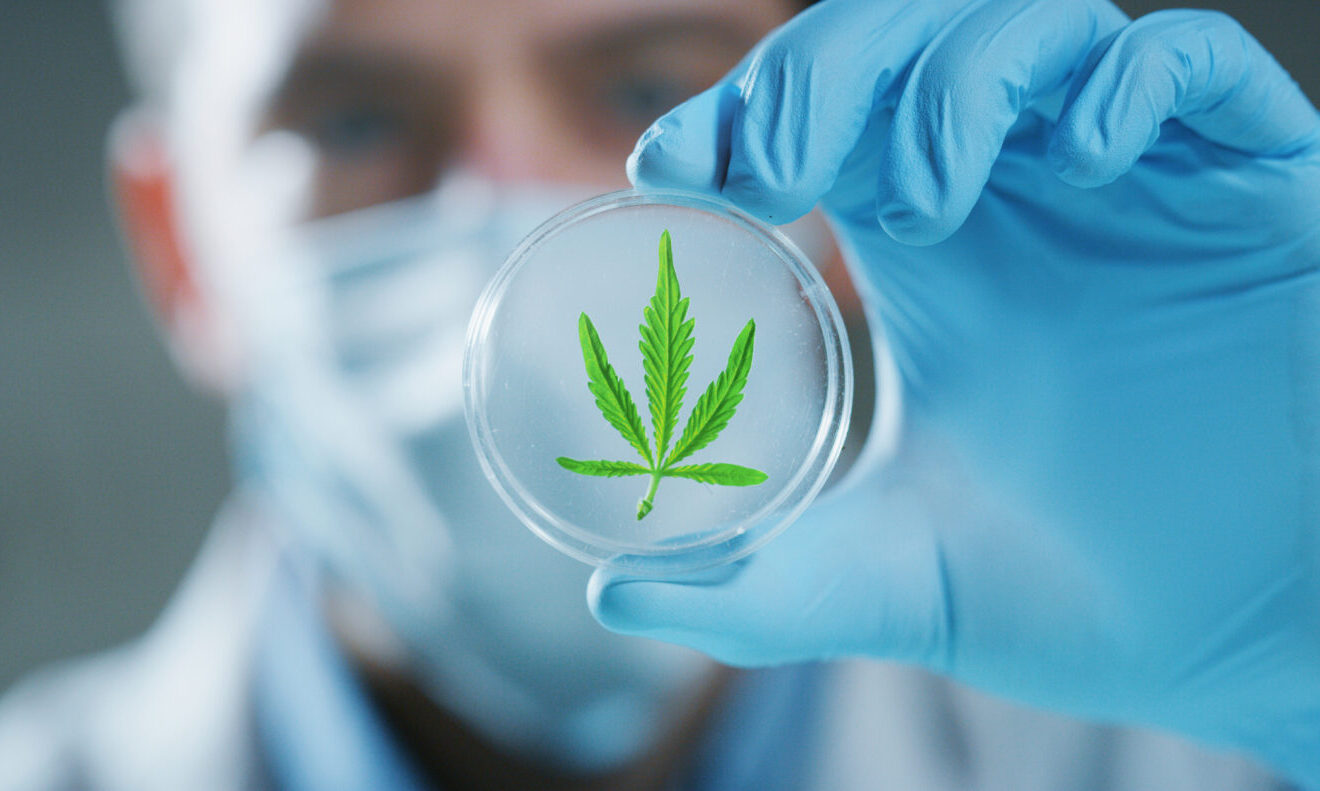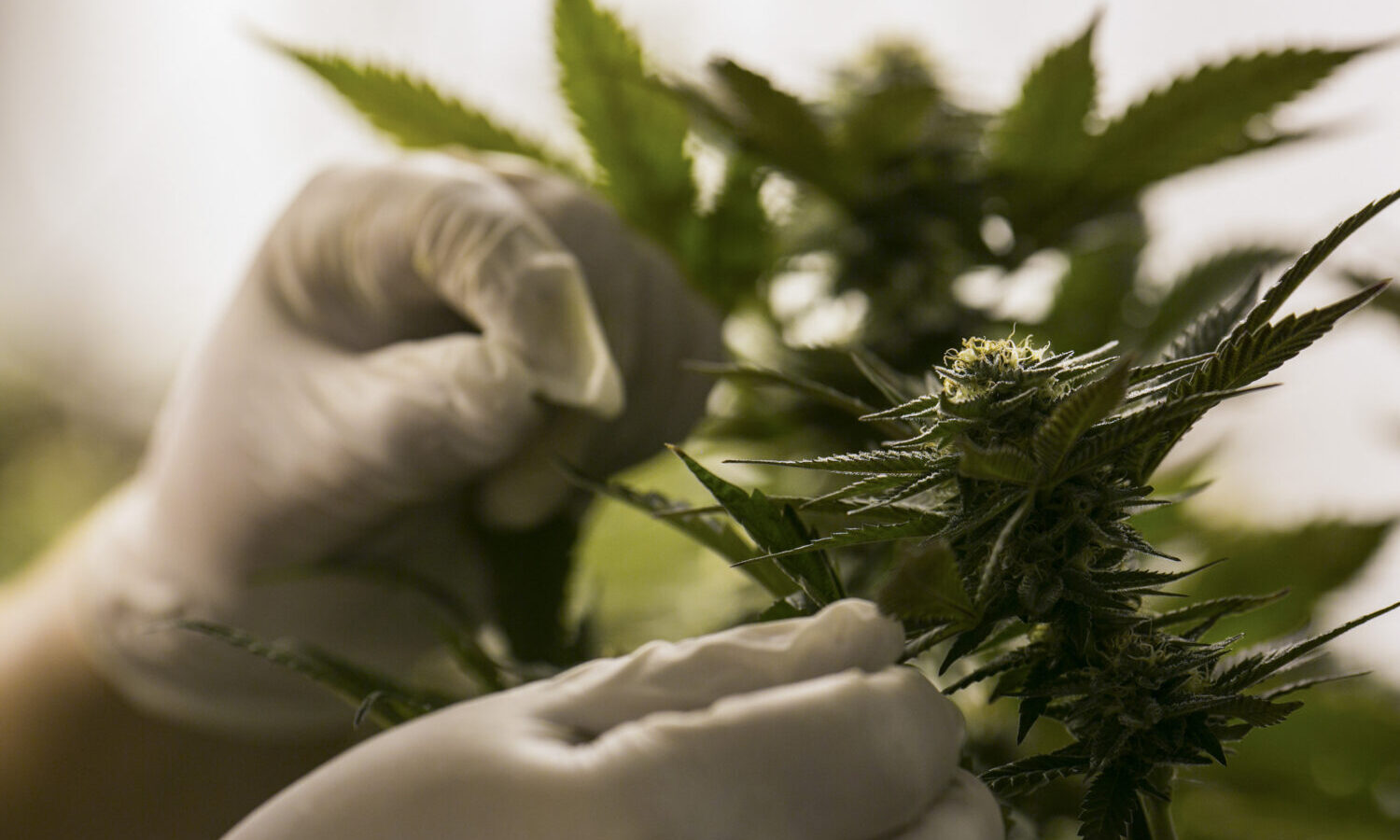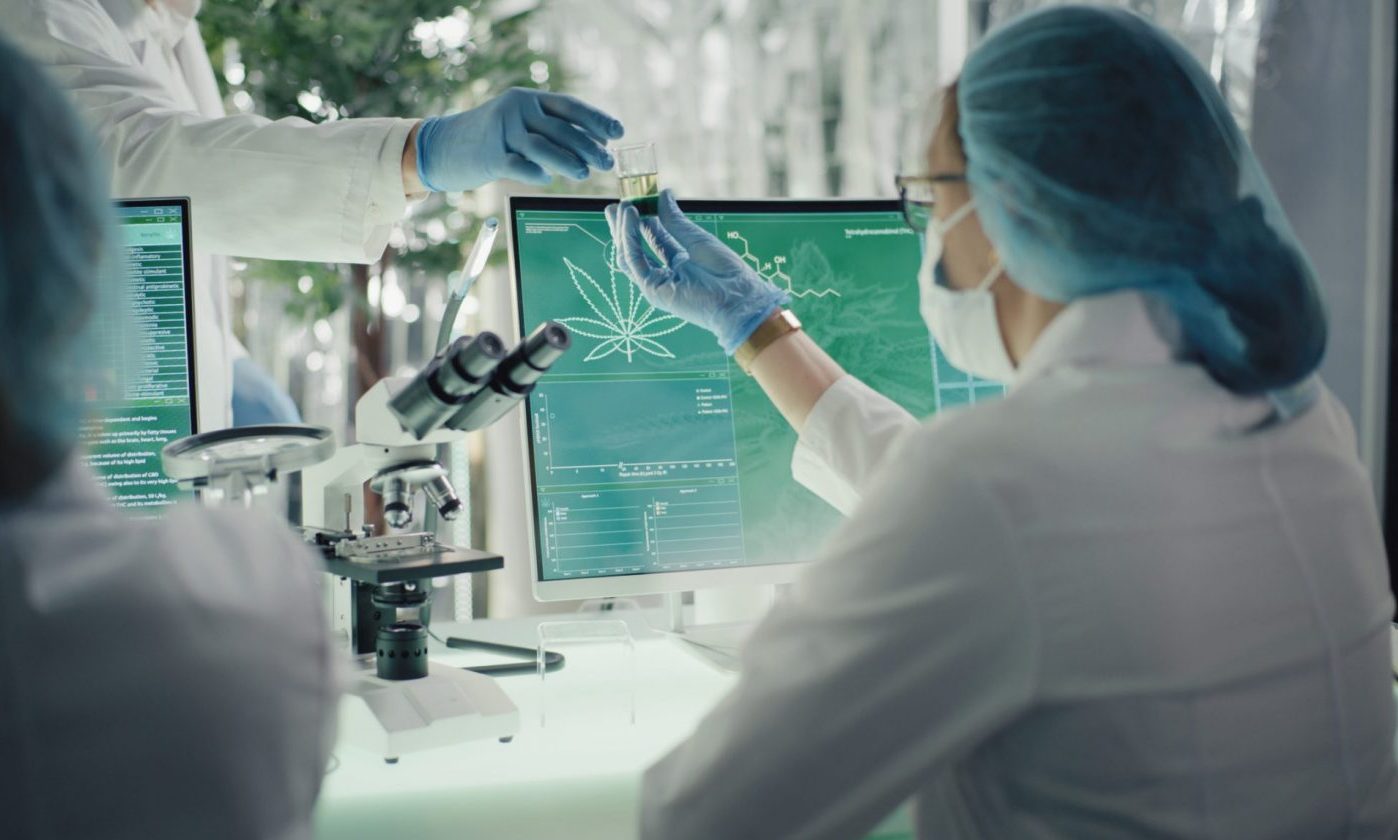Cannabis research in the United States is notoriously difficult, which is why many of these new, recent discoveries on the plant’s compounds are done by researchers abroad.
This article originally appeared on Cannabis.net and has been reposted with permission.
Marijuana is the most widely used “illicit” drug in the entire world. It’s also the most popular, with millions of consumers now using it legally all the world thanks to many countries relaxing its stance following suit after the United States, Canada, and Uruguay.

RELATED: Is All Weed Basically The Same? Here’s What Scientists Recently Found
However, from a scientific perspective, we know so little about the compounds in the plant. So far, there are 500 known compounds in the plant but only two cannabinoids — tetrahydrocannabinol (THC) and cannabidiol (CBD) — have been extensively studied numerous times over. We have been able to identify their therapeutic applications for dozens of afflictions though that’s not to say that they are the only 2 valuable compounds in the plant.
THC is the cannabinoid responsible for its psychoactive properties, and it also has important therapeutic benefits. On the other hand, CBD doesn’t cause a high but it’s widely marketed as a powerful sedative. Both have potent anti-inflammatory properties that help provide relief from pain, spasms, anxiety, depression, trauma, and more.
But over the last few years, scientists have been able to identify even more compounds within the plant that are beneficial for us. There are several other major and minor cannabinoids and terpenes that all have terrific medicinal value in many different ways; in addition, it also contains flavonoids and omega-3 fatty acids. Let’s look at some of the recent discoveries.
Kynurenine, Kynurenic Acid, and Tryptophan
In March 2022, Italian researchers have identified tryptophan, kynurenine, and kynurenic acid in cannabis for the first time earlier this year. Though these compounds already exist in us humans as well as mammals, kynurenine is a metabolite of tryptophan, which is an amino acid that we can’t produce ourselves. Hence, we need to rely on our food intake to get enough of it.
Through high-resolution mass spectrometry and liquid chromatography, they found that these compounds exist all over the plant though it’s in much larger amount within the leaves. It’s also interesting for the researchers that kynurenic acid is highly concentrated in cannabis compared to other plants, since it has also been found in some vegetables including potato, pumpkin, and broccoli – as well as other herbs and spices.
According to the researchers, 95% of tryptophan in the human body is metabolized into kynurenine, though some of it further degrades to kynurenic acid. The latter is piquing the interest of researchers because of its neuroprotective, anti-inflammatory, and anti-oxidative benefits especially for the heart and the brain. In addition, tryptophan metabolites are known for helping to regulate lipids and mitigating obesity.
“Considering the important role played by kynurenic acid in animals and humans, its accumulation in the leaves opens a new branch of the cannabis chemistry that makes this plant even more attractive than it already is,” they concluded.
THCP and CBDP
In 2019, Italian researchers also accidentally discovered two cannabinoids namely THCP and CBDP while studying an industrial strain of hemp. The same team discovered THCB and CBDB in the year before, but being able to identify THCP was extremely significant because it may help us better understand why some strains with low THC levels are still extremely powerful in both their high and their medicinal value.
Using mouse models, they discovered that the binding mechanism of THCP on the animals’ CB1 receptors resulted in similar effects as THC even when they only used half a dose. They found that THCP was 33 times more active on the CB1 receptor compared to THC, while it was also 5-10 times more active on the CB2 receptor. In addition, they found that THCP is easier to dissolve in fats. This is why cannabis strains that contain more THCP are more powerful compared to those that only contain THC.

RELATED: Is The Future Of Weed Seedless? How Triploid Cannabis Could Lead To New Strains
On the other hand, they also discovered CBDP, also known as CBD-C7 or CBD-heptyl. Unfortunately, we still know significantly less about CBDP compared to THCP but researchers have deprioritized studying it simply because it had less efficacy binding to CB1 and CB2 receptors.
Though there’s still a lot we don’t know about THCP, the Italian researchers did discover that it may have potential for pain relief, hypomobility, and helping reduce temperature within the rectum.
“In our opinion, this compound should be included in the list of the main phytocannabinoids to be determined for a correct evaluation of the pharmacological effect of the cannabis extracts administered to patients,” said the researchers. “In fact, we believe that the discovery of an extremely potent THC-like phytocannabinoid may shed light on several pharmacological effects not ascribable solely to THC,” they conclude.
For those interested to explore what THCP feels like, you may be interested to know that some cannabis brands already sell THCP products in the market.
Conclusion
Even if marijuana is legal in one form or another in a majority of US states, researching it is a completely different beast. Cannabis research in the United States is notoriously difficult, which is why many of these new, recent discoveries on the plant’s compounds are done by researchers abroad.
Currently, cannabis is still a federally illegal substance and it’s still listed as a Schedule 1 drug at the time of writing. This hasn’t stopped researches from both near and far from studying what they can about the plant, and it looks like we can still expect exciting new discoveries in the upcoming years.
Learning about the plant should be something that supporters as well as opponents of marijuana legalization should welcome because unbiased research will only help us move forward and make more educated decisions — both for patients and doctors.
This article originally appeared on Cannabis.net and has been reposted with permission.


